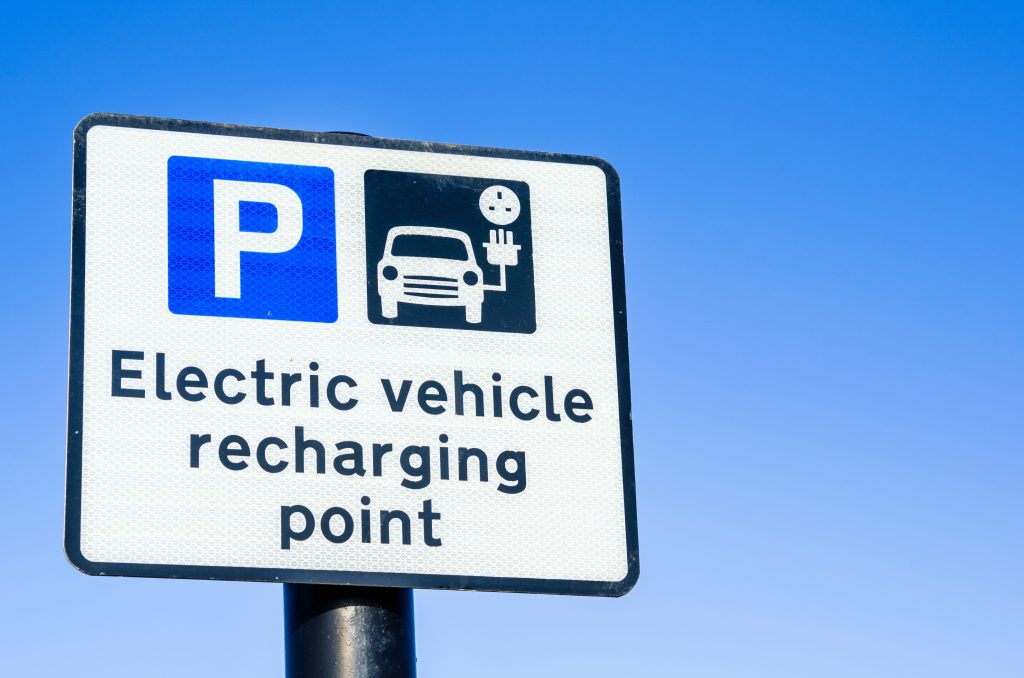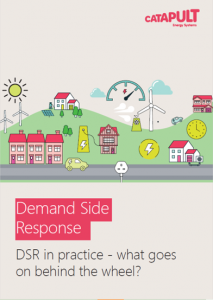Increasing our supply of renewable electricity is great news for cutting CO2, but it does create a challenge. More electricity is generated when the wind blows or the sun shines, so how can we balance this supply with the amount of electricity demand. Demand Side Management – or DSR – could help. For instance, it could turn EV chargers across the country on or off to help balance the grid. This has huge potential to help, especially as the number of EVs on the road increases.
But EV drivers will need to buy into such a system. They’re unlikely to do that if they feel it could compromise how and when they can use their cars.

We’re working with a consortium that’s delivering DSR via smart EV chargers. Our role is to explore people’s reactions to DSR.
We’re using a combination of qualitative and quantitative methods to explore when and how people notice DSR activity, how they feel about it and what kind of impact it has on things that are important to them.
It probably won’t surprise you to learn that one of the main things people want is enough charge to make the journeys they’ve got coming up.
But it’s not quite that simple! Through our qualitative approaches we found that even people with similar journeys and routines varied in terms of what they felt was a ‘comfortable’ level of charge. People wanted different levels of charge left ‘in the tank’ as a reserve or reassurance.
But having too much charge also worried some people. Concerns that too high a level of charge could harm the battery’s health meant that some tried to limit charging – DSR could threaten this if it took people over their preferred level of charge.
As well as wanting different levels of charge, people wanted to manage how they got that charge in different ways. For some, simplicity and convenience was key. They liked the idea of just plugging in and leaving their smart charger to deliver what they want, when they wanted it. Others liked investing a bit more time and effort – it helped them to feel they were in control. A number sat somewhere in between, valuing convenience but wanting to maintain a certain degree of control.
Almost all FRED triallists have solar panels on their homes. The myenergi zappi charger lets them use ‘sunshine juice’ to charge their cars…provided they’re at home when the sun is shining!
Many also have tariffs that offer them cheaper electricity rates at certain times of day and a handful have household batteries that let them store solar power for later.
All this means that FRED triallists have lots of options for cheap, green EV charging but – you’ve guessed it – people balance this in different ways! We’re currently using a combination of research methods to pick apart the extent to which people are motivated by cost and carbon savings, so do check back for more updates.
Personas! We wanted to illustrate the variety of ways that triallists approach EV charging, so we developed five personas to illustrate them.
Find out more about what we’ve learnt from the trial here.

There are lots of ways to explore who is buying and using your products. We can help you develop data-driven personas and segmentations so you can design products and services your customers will love.
Come and see us for a friendly
chat over a cuppa.
Cannon House, 18 The Priory Queensway
Birmingham B4 6BS8
We love small print. Said nobody, ever.